|
Input voltage:±20V±0.2V |
 |
|
Continuous output current 5A |
|
|
Signal supply:±15V±0.15V |
|
|
Input DC level:-10V~+10V |
|
|
Include two separate power amplifier circuits |
|
|
Unique ternary output characteristics |
|
|
With current negative feedback, the output has constant current source characteristics |
|
Absolute maximum rating |
Recommended operating conditions |
|
Positive +Vcc:+16.5V Negative -Vcc:-16.5V Positive +Vs:25V Negative -Vs:-25V Input voltage Vin:±12V Storage temperature Tstg:-55℃~125℃ Lead welding temperature(10s)Th:300℃ Junction Temperature Tj:150℃ |
Positive +Vcc:15V±0.15V Negative -Vcc:-15V±0.15V Positive +Vs:20V±0.2V Negative -Vs:-20V±0.2V Input voltage Vin:±(0V~10V) Operating Temperature(Case)Tc:-55℃~125℃ |
|
Load |
Character |
+Vcc=15V±0.15V -Vcc=-15V±0.15V +Vs=20V±0.2V -Vs=-20V±0.2V -55℃≤Tc≤125℃ |
HPWM3 |
Unit |
||
|
Min |
Max |
|||||
|
1 |
Continuous output current |
Full load,VI=1.5 |
1 |
- |
A |
|
|
Outputvoltage |
Full load |
VI=-10V |
19 |
21 |
V |
|
|
VI=+10V |
-19 |
-21 |
||||
|
Output frequency |
- |
11 |
13 |
kHZ |
||
|
Linearity |
- |
95 |
|
|
||
|
Symmetry |
- |
95 |
|
|
||
|
2 |
Continuous output current |
Full load,VI=1.5 |
1 |
- |
A |
|
|
Outputvoltage |
VI=-10V |
19 |
21 |
V |
||
|
VI=+10V |
-19 |
-21 |
||||
|
Output frequency |
|
11 |
13 |
KHZ |
||
|
Linearity |
|
95 |
|
|
||
|
Symmetry |
|
95 |
|
|
||

|
No |
symbol |
Designation |
No |
symbol |
Designation |
|
1 |
F1 |
1st output square wave |
9 |
GNDS |
Signal ground |
|
2 |
VI1 |
1stinput |
10 |
NC |
NC |
|
3 |
FF1 |
1st negative feedback |
11 |
OUT2 |
2nd output |
|
4 |
-Vcc |
Power supply -15V |
12 |
GNDP |
Power ground |
|
5 |
+Vcc |
Power supply+15V |
13 |
-Vs |
Power supply-20V |
|
6 |
F2 |
2nd output square wave |
14 |
NC |
NC |
|
7 |
VI2 |
2ndinput |
15 |
OUT1 |
1st output |
|
8 |
FF2 |
2nd negative feedback |
16 |
+Vs |
Power supply+20V |
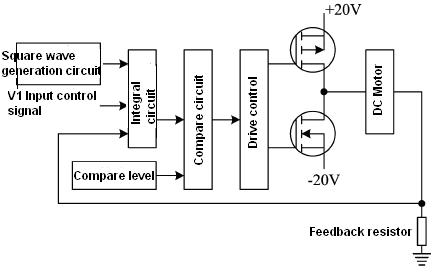
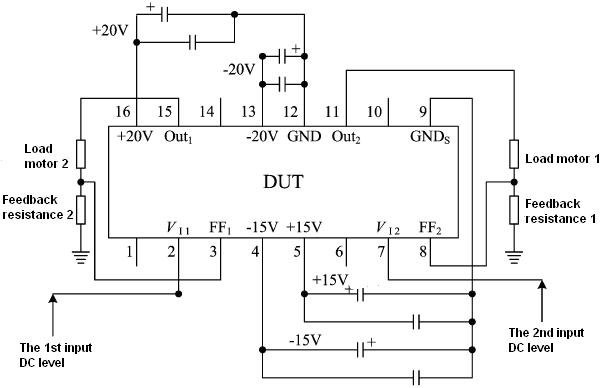

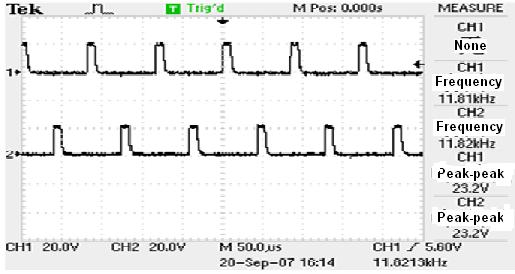

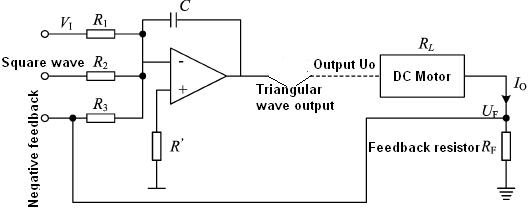
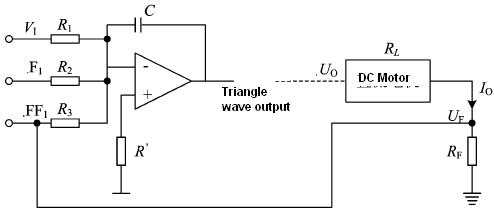
 X
X